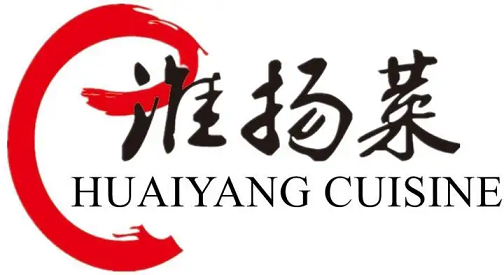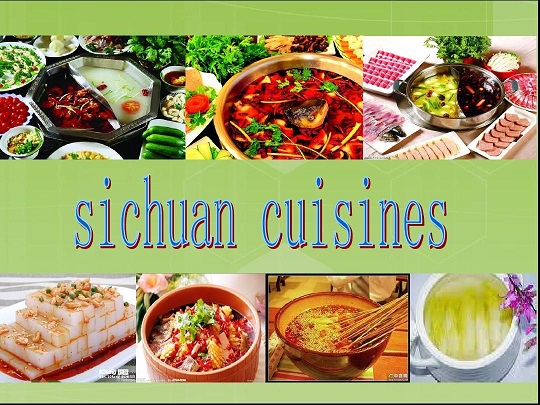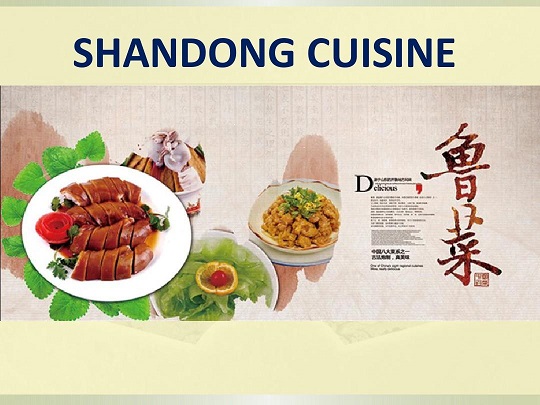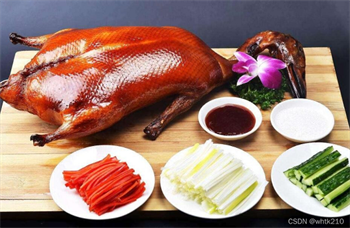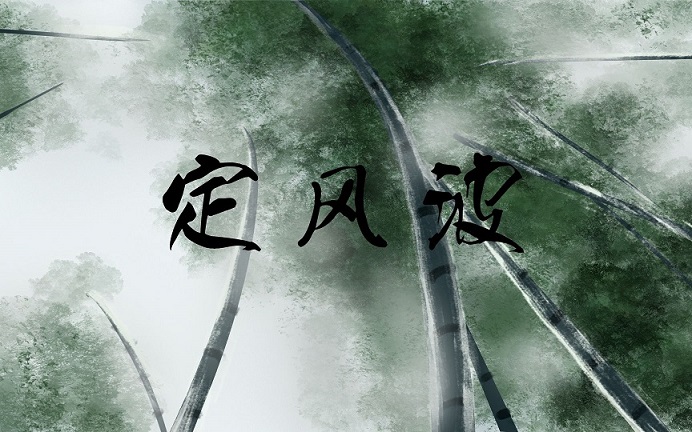Chinese cuisine at the Beijing Winter Olympics (3)-Chinese Dumpling
Wow, Julia Marino, an American athlete who won the runner up of women’s slope obstacle skills in snowboarding in the Beijing Winter Olympics, talked about her life in the Olympic Village and her favorite food. The contestant said that her favorite food was dumplings. After coming, she ate about 200.
200!! Even if you catch up with the Chinese new year, you eat a lot!!!
Today, let’s talk about dumplings!

Dumplings evolved from wonton. In its long development process, there are many names, such as “prison pill”, “flat food”, “dumpling bait”, “powder corner” and so on. It was called “crescent wonton” in the Three Kingdoms period, “wonton” in the northern and Southern Dynasties, dumplings “Yanyue shaped wonton” in the Tang Dynasty, “Jiaozi” in the Song Dynasty, and “flat food” in the yuan and Ming Dynasties; In the Qing Dynasty, it was called “Jiaozi”. Jiaozi originated in the Eastern Han Dynasty and was first created by Zhang Zhongjing, a native of Dengzhou, Henan Province, in the Eastern Han Dynasty. At that time, dumplings were used for medicine. Zhang Zhongjing wrapped some cold dispelling herbs in his noodle skin to treat diseases (mutton, pepper, etc.) and avoid frostbite on the patient’s ears.
The Three Kingdoms period in the late Han Dynasty
During the late Han and Three Kingdoms periods, dumplings have become a kind of food, known as “crescent wonton”. This kind of food is mentioned in the book Guangya written by Wei Zhangyi. According to the records of Guangya written by Zhang Yi of Wei Dynasty during the Three Kingdoms period, there were food shaped like crescent moon and called “wonton”, which was basically similar to the shape of dumplings.
Northern and Southern Dynasties
In the northern and Southern Dynasties, wonton was “shaped like the Yan Moon, and the world could eat”. It is speculated that after the dumplings were cooked, they were not taken out to eat alone, but mixed with the soup in a bowl. Therefore, people called the dumplings “wonton” at that time. This eating method is still popular in some parts of China. For example, when eating dumplings in Shaanxi, you should put some small ingredients such as coriander, scallion, shrimp skin and leek in the soup.
Tang dynasty
By about the Tang Dynasty, dumplings had become almost the same as today’s dumplings, and they were taken out and eaten alone on a plate. Also known as “Yanyue shaped wonton”.
Song dynasty
The Song Dynasty called Jiaozi “jiao’er”, which is the etymology of the word “Jiaozi” in later generations. Song Mengyuan’s old “Tokyo dreamland” recalled the prosperity of Bianjing in the Northern Song Dynasty. Volume II mentioned that there were “crystal corner” and “fried corner” in the market. In addition, there were “Hump corner”. Song Sishui Qianfu carefully compiled Volume 6 of the old stories of Wulin. It is mentioned that there are “Shiluo corners” and “various corners” in Lin’an’s market. This kind of writing can still be seen in the later yuan, Ming, Qing and the Republic of China. In the Southern Song Dynasty, it was called “dry meat double lower horn”.
Dumplings were introduced into Mongolia in the Song Dynasty. Dumplings spread to Mongolia. The pronunciation of dumplings in Mongolian is similar to “plaque food”. With the expedition of the Mongolian Empire, the plaque food also spread all over the world. There are many varieties of Russian dumplings, Kazakh dumplings, Korean dumplings and so on.
the Ming dynasty
According to documents, the custom of eating dumplings during the Spring Festival has appeared in the Ming Dynasty at the latest. According to the records of drinking in the Ming Dynasty, the court of the Ming Dynasty started from the 15th day of the first month… Drinking Baijiao wine and drinking water snacks (i.e. dumplings). Or secretly pack one or two silver coins, and those who get it will pray for the good luck of one year. They will also worship and wish each other on that day, which is called “Celebrating the new year.”
the Qing dynasty
In the Qing Dynasty, dumplings were usually wrapped before midnight on New Year’s Eve and eaten until midnight. At this time, it is the beginning of the first day of the first lunar month. Eating dumplings means “Jiaozi at the age of more years”. “Zi” is “Zishi”, which is homonymous with “Jiaozi”, meaning “happy reunion” and “good luck”. According to the relevant historical records of the Qing Dynasty, “on New Year’s day, the rich food left together, such as eating flat food. It is named jiaozi, which takes the meaning of giving birth to a son at a later age.” He added: “on the first day of each year, no matter rich or poor, they make dumplings with white flour, which is called boiled pastry. It is the same in the whole country. The rich and noble family secretly hides the pastry with gold and silver, so as to predict the success. If their family can eat, they will be lucky all the year round.” This shows that every family, rich or poor, should eat dumplings during the Spring Festival, implying auspiciousness to bid farewell to the old and welcome the new. In the Qing barnyard bills compiled by Xu Ke, a recent person, said: “there is stuffing in the, or powder corner - it can be steamed or fried. It is boiled in water and has soup, which is called dumplings.” “If it is in the first month, it will be broken five from the first day to the fifth day, and it is the old practice to eat water dumplings for five days.”
Dumpling is a kind of Chinese folk food with a long history. Eating dumplings is also a unique folk tradition of Chinese people during the Spring Festival. Because of the meaning of “having a son at a younger age”, it is deeply welcomed by the people. During the Spring Festival, dumplings have become an indispensable delicacy. In the folk customs of many Han areas, eating “dumplings” on New Year’s Eve is an important feast that can not be replaced by any delicacies. “Jiaozi”, also known as “Jiaozi” or “jiao’er”, means the alternation of the old and the new. It is also a feast food that must be eaten according to the meaning of God. Otherwise, God will remove your name from the yin-yang world and become an unlisted ghost after death. It shows that our ancestors paid attention to it. Anyway, in order to get rid of the bad luck of the year, you should also have a “dumpling” on New Year’s Eve. People from afar will travel back to their hometown and eat dumplings with their families for the winter festival to show a perfect destination.
Therefore, during the Olympic Games, the athletes who come to China eat dumplings, which is also the joy of the Chinese New Year.
Dumplings are usually made with cold water and flour as agents. Mix the flour and water together and knead them into large rough dough. Cover them with dry wet gauze or towel and place them for about an hour. Cut them with a knife or pick them into several small dough by hand, and then knead them into round strips with a diameter of about 3 cm. Cut them with a knife or pick them by hand into small dough, Use a small rolling pin to roll these small flour preparations into a slightly thicker dumpling skin in the middle and thinner around, wrap the filling heart, pinch it into a crescent shape or angle shape, boil the cold water first, wrap it, then put it into the pot, and draw a circular arc counterclockwise or clockwise along the pot with a leaky spoon or soup spoon (with the convex side facing upward) to prevent the dumplings from sticking, Cook until the dumplings float to the surface (if it is meat filling, add a little cold water when boiling and then cook it again two or three times). Dumpling skin can also be made of hot noodles, pastry noodles or rice flour; Stuffing can be meat or vegetable, sweet or salty; The mature method can also be steamed, baked, fried, fried, etc. the meat fillings include three delicacies, shrimp, crab roe, sea cucumber, fish, chicken, pork, beef, mutton, etc. the plain fillings are divided into mixed plain fillings and ordinary plain fillings. Dumplings are characterized by thin skin, tender filling, delicious taste, unique shape and endless appetite. The raw materials for making dumplings have a complete variety of nutrients, and the cooking method ensures less loss of nutrients, which is in line with the connotation of Chinese color, flavor and diet culture.
Make the noodles into pieces





The shape of dumplings is generally crescent shaped, but there are other shapes [Sixi steamed dumplings], [fish shaped dumplings], [Yuanbao dumplings] and so on.

There are several important varieties of dumplings. Shaomai, chaos and fried buns (should this belong to steamed buns) are very delicious,
Put some pictures:


Finally, don’t forget to stick vinegar. If you can eat spicy, put some pepper..
Welcome to China to taste delicious food. When you listen to some countries say they are everything, remember that China made them。
